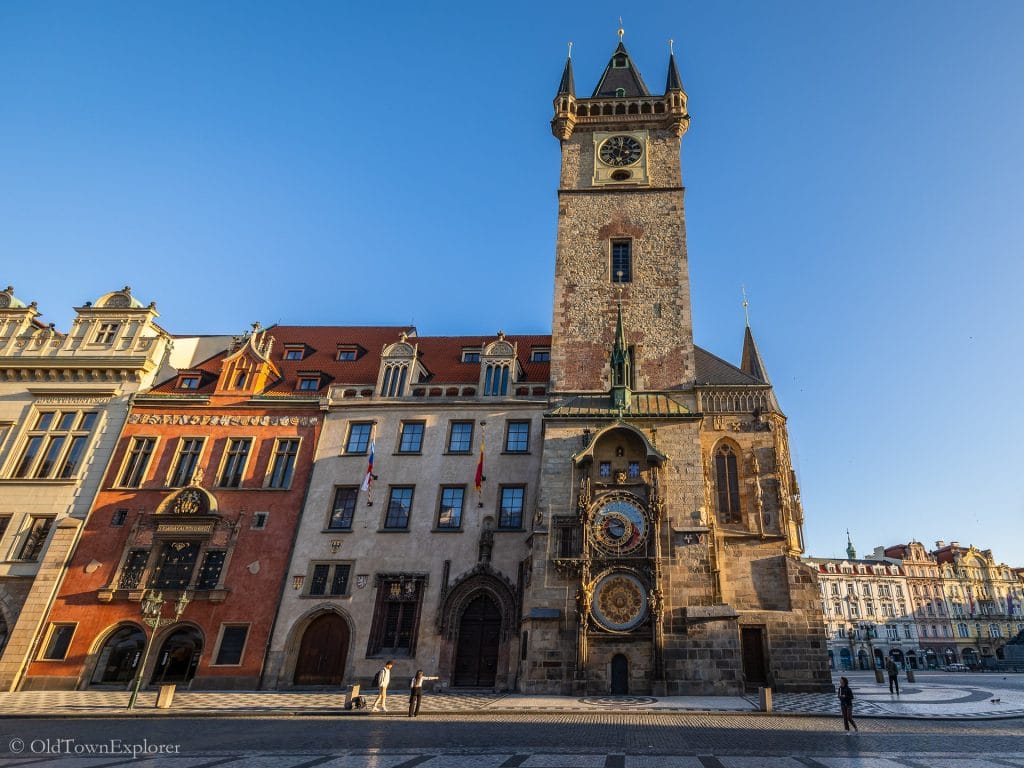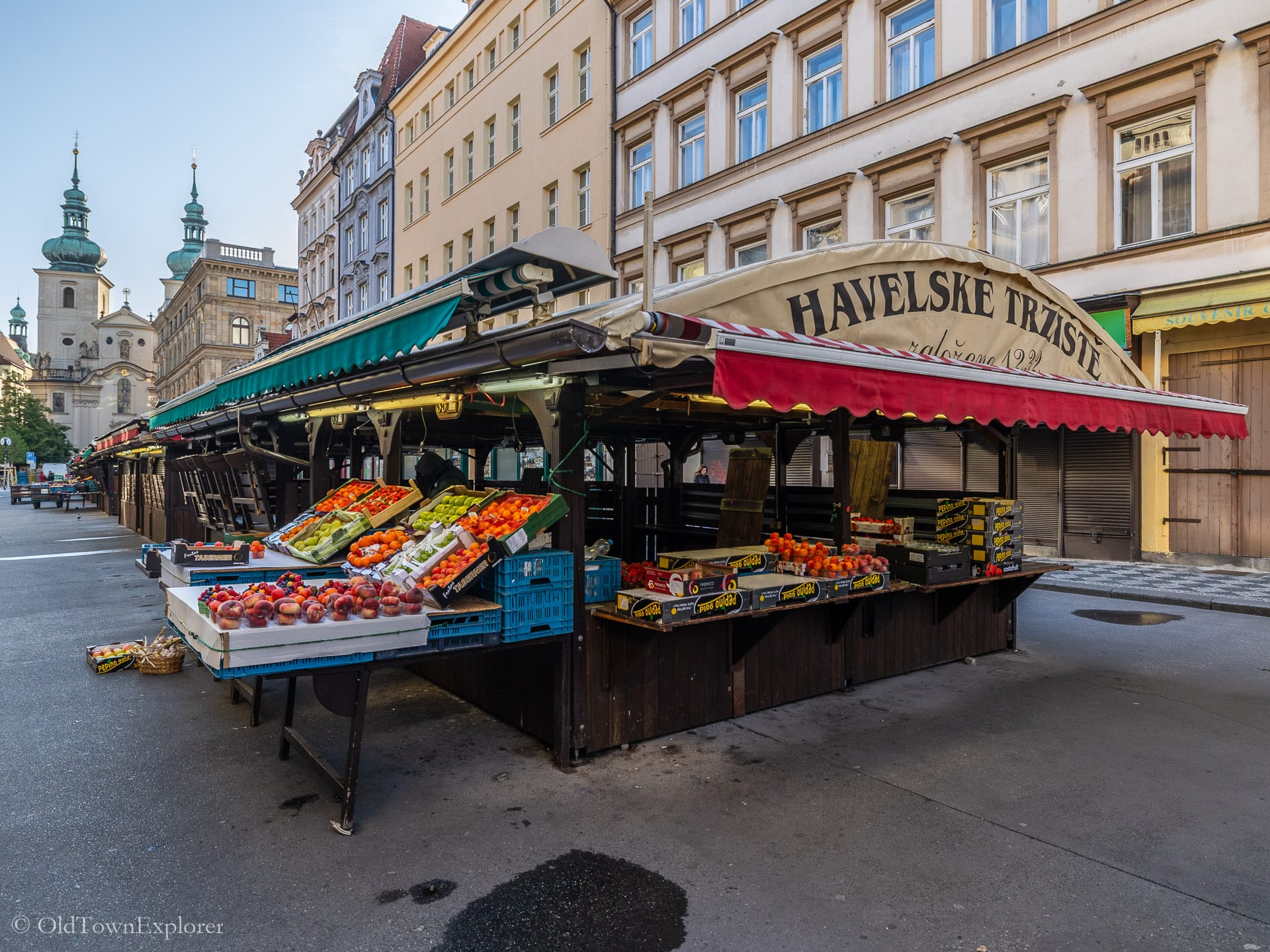Czechia
Explore Czechia: Food, Wine & Architecture
Czechia offers visitors a diverse selection of traditional foods, local wines, and historic architecture.
From hearty dishes like svíčková and goulash to wines from Moravia’s rolling vineyards, Czech cuisine and drink offer a feast for the senses. Beyond the table, the country’s stunning architecture tells the story of centuries past — from the soaring Gothic spires of Prague to the colorful Renaissance town squares.
Whether you’re savoring a glass of local wine under a medieval archway or wandering cobbled streets lined with pastel façades, Czechia’s food, wine, and architecture promise an unforgettable journey into the heart of Europe.
Significantly, U.S. citizens visiting Czechia for tourism do not require visas if their stay is shorter than 90 days. However, your passport must be valid for three months after your departure date.
We spent a month in Czechia exploring Prague, and plan to return next year for a month each in Cesky Krumlov, Kutna Hora, and Karlovy Vary. We prepared this travel guide to share the information we learned along the way.
Prague
Prague, the capital and largest city of Czechia, is split by the Vltava River. The city boasts rich history and diverse architecture, including Romanesque, Gothic, Renaissance, and Baroque styles.
Prague features the Old Town Square with baroque buildings, Gothic churches, and the medieval Astronomical Clock that performs hourly. Charles Bridge, completed in 1402, is adorned with statues of Catholic saints.
Significantly, the city’s historic center has been a UNESCO World Heritage Site since 1992.

Future Destinations
We enjoy spending time in Czechia and look forward to returning in the future.
Cesky Krumlov
Summer 2026
Karlovy Vary
Fall 2026
Kutna Hora
Fall 2026
Czechia Food
Czech food is hearty and comforting, often centered on roasted meats, sauces, and dumplings. Regional products such as Žatec hops, Olomouc cheese, and carp from South Moravia add local character to the cuisine.

Food Products
Protected Designation of Origin (PDO)
- Všestary Onions
- Bohemian Chamomile
- Czech Caraway Seeds
- Nošovice Pickled Cabbage
- Pohořelice Carp
- Žatec Hops
- Chelčice-Lhenice Fruits
Traditional Dishes
- Goulash (Guláš)
- Svíčková
- Vepřo-knedlo-zelo
- Trdelník
- Chlebíčky
- Palačinky
- Bramboráky
- Kulajda
- Olomoucké tvarůžky
- Moravský vrabec
Czechia Wine
Czechia’s wine tradition is strongest in Moravia, where most of the country’s vineyards produce crisp whites and light reds suited to the cooler climate. Lesser-known Bohemian vineyards also contribute historic varietals, though on a smaller scale.

Wine Regions
- Moravia (96%)
- Bohemia
Grape Varieties
White Grapes
- Grüner Veltliner
- Müller-Thurgau
- Riesling
Red Grapes
- Pinot Noir
- Blaufränkisch
Czechia Architecture
Czechia’s architecture showcases nearly every major European style, from medieval Gothic cathedrals to Baroque palaces and Art Nouveau townhouses. The country’s UNESCO-listed sites, including Prague, Český Krumlov, and Kutná Hora, highlight its long history as a cultural crossroads in Central Europe.

Architectural Styles
- Gothic
- Renaissance
- Baroque
- Art Nouveau
UNESCO World Heritage Sites
-
Žatec and the Landscape of Saaz Hops
-
The Great Spa Towns of Europe
-
Erzgebirge/Krušnohoří Mining Region
-
Landscape for Breeding and Training of Ceremonial Carriage Horses at Kladruby nad Labem
-
Jewish Quarter and St Procopius’ Basilica in Třebíč
-
Tugendhat Villa in Brno
-
Holy Trinity Column in Olomouc
-
Litomyšl Castle
-
Gardens and Castle at Kroměříž
-
Holašovice Historic Village
-
Lednice-Valtice Cultural Landscape
-
Kutná Hora: Historical Town Centre with the Church of St Barbara and the Cathedral of Our Lady at Sedlec
-
Pilgrimage Church of St John of Nepomuk at Zelená Hora
-
Historic Centre of Telč
-
Historic Centre of Český Krumlov
-
Historic Centre of Prague
Where Is Czechia Located?
Czechia (also known as the Czech Republic) is a landlocked country in Central Europe. It borders Germany to the west, Poland to the north, Slovakia to the east, and Austria to the south. Its central position has made it a historical crossroads of European trade and culture.
FAQs About Czechia
Is Czechia the same as the Czech Republic?
Yes! “Czechia” is the short-form name, while “Czech Republic” is the official long-form name. Both refer to the same country, just like “France” and “French Republic.”
What is Czechia famous for?
Czechia is known for the historic beauty of Prague, its world-famous beer, fairy-tale castles, classical music and literature, and its UNESCO World Heritage Sites. It is also renowned for traditional crafts such as glassmaking and garnet jewelry.
Is Czechia safe for tourists?
Yes, Czechia is regarded as one of the safest countries in Europe for travelers. Petty theft, such as pickpocketing, can occur in tourist hotspots, but violent crime is quite rare.
What language is spoken in Czechia?
The official language is Czech, a West Slavic language. Additionally, English is widely spoken in tourist areas, particularly among younger individuals.
What currency is used in Czechia?
The currency is the Czech koruna (CZK). Although Czechia is part of the EU, it has not adopted the euro. Some tourist places accept euros, but it’s better and cheaper to pay in korunas.
